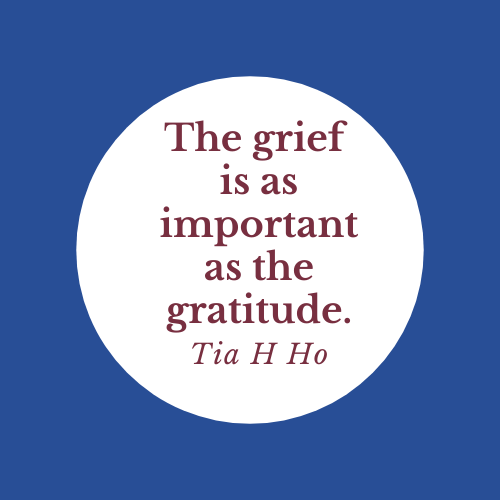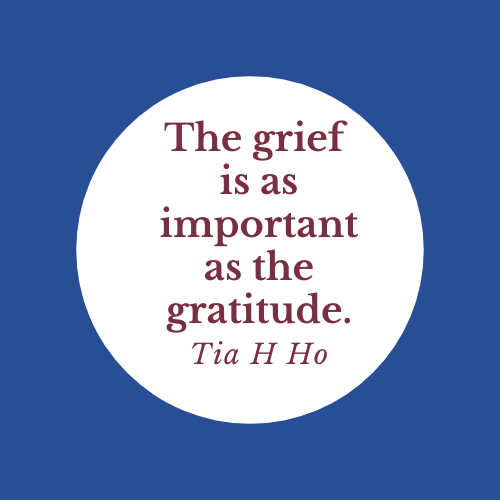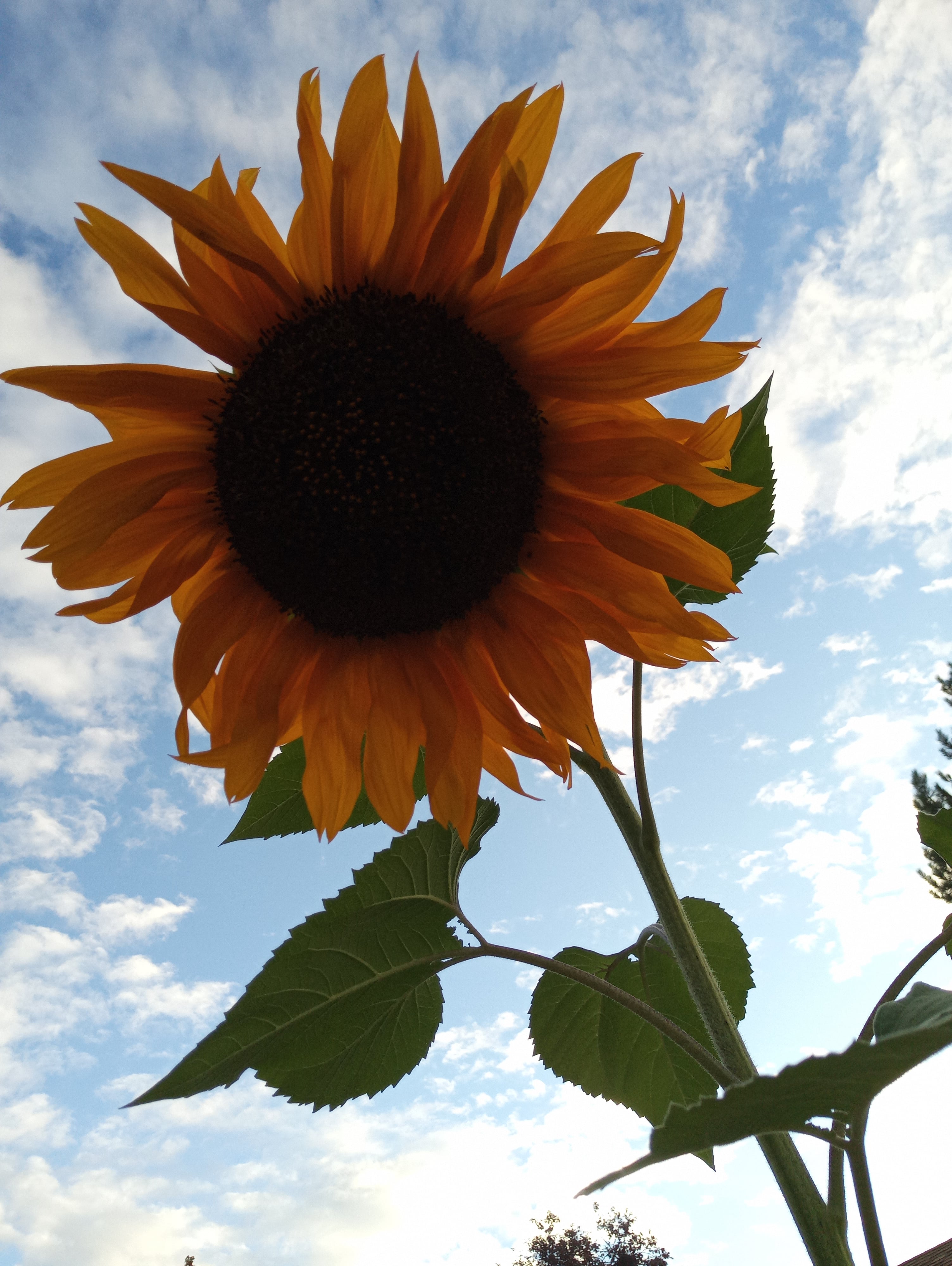Moment of Mind September 2020


Moment of Mind September 2020
In mindfulness we’re noticing our moment to moment lived experiences through sensations, feelings, emotions and thoughts arising. We are developing a different relationship with our changing thinking and emotional states: rather than mistaking them for who we are, we see that we are the one experiencing them.
This seems counterintuitive at first because all of our life we've been taught that it's possible to control feelings. That dominating this human system is expected and necessary to get along in this world.
There's a difference between control and guidance. When you drink water you are guiding your body's hydration level - not controlling it. There's a difference between control and support. When you listen to soothing music you are guiding your nervous system giving it new inputs - not controlling it. There's a difference between control and management. When you notice your chest feels tight and you take a deeper breath, you're managing your breathing in that moment - not controlling it.
Attempt to control will keep happening until a new way is seen.
We are taught to seek sensations, feelings, emotions that are in a narrow window at one end of the spectrum... Judged as better than.
We are taught to avoid sensations, feelings, emotions that are at the other end of the spectrum... Judged as worse than...
The judgment comes from a categorizing mind doing its best to keep you alive, using incomplete information, predicting worse case scenarios.
The mind is predicting, always, what is about to happen. It expands on sensations and feelings, riffing creatively, imaginatively, about what's around the corner.
A sensation is fleeting, A feeling moves, And this is what life experience is.
I grew up trying to deny, cover over, squelch or displace how I felt because violence was the tool used to keep my external expressions in a narrow zone because someone else had not learned their own truth, could not see their own capacity to feel.
We were designed to feel the breadth of sensations, feelings, and emotions. Life brings all forms of experience alive within you...
In the words of holocaust survivor Dr. Edith Eger from her recent book The Gift, "you can't heal what you can't feel."
Research indicates that appreciation and gratitude practice contribute to less depression.
What this research leaves out is the greater body of studies indicating that nearly any practice that welcomes and honors a feeling state, the sensations beneath, that supports the release of whatever you are feeling can reduce depression.
This is not about staying in the mind's interpretation of what the feelings or sensations mean... As the mind takes you out of feeling and sensing.
This is about noticing the sensations in real time and letting them move. You can do this a tiny bit at a time...
Yelling frustration out into a pillow, Letting grief curl you into a ball and cry, Feeling tightness in your chest and breathing into that ache acknowledging it, Directing amped up nerves into a dance break where you move your body when no one else is watching to a favorite song, Gratitude is important, of course.
And grief is a sensation that means we are deeply grateful for something that is changing, potentially we lose something, paving the way for new life experiences. For new appreciation.
Let yourself honor grief the way you would honor gratitude, one sensation at a time. Much love, Tia.
Love for Your Inner Science Nerd
One of my favorite books on stress and trauma is called The Body Remembers 2 (Rothschild, B, 2017). My favorite section is a chapter devoted to readers identifying the resources their innate wisdom has helped them utilize. A resource is a source or supply of support that can enhance the quality of life, expand the ability to meet and handle a situation, and be part of a possibility of relief or recovery.
One of my resource traits is being highly organized. I grew up in a house with a lot of chaos and organizing things was a way that I now see my body releases tension. This trait has a limitation which is a desire for control that can contribute to irritability and well, being a b*tch (sorry for the curse word, applied mindfulness is about seeing the shadow side too).
Resources can also show up in what are called "positive childhood experiences." These are supports that can counter adverse childhood experiences, or potential sources of trauma. A recent study explored the role a sub-set of positive childhood experiences have on mental health outcomes in adulthood. The Health Outcomes of Positive Experiences, or HOPE framework, includes 4 broad categories of supports: supportive relationships; safe, stable, equitable environments; engagement and connection opportunities; and social and emotional understanding.
Dr. Bethell and colleagues selected 7 statements that connect to the four categories of supports in the HOPE framework and asked adult women about their experiences and mental health challenges. The statements were: "Before the age of 18, I was..."
Able to talk with my family about my feelings.
Felt that my family stood by me during difficult times.
Enjoyed participating in community traditions.
Felt a sense of belonging in high school.
Felt supported by friends.
Had at least two non-parent adults who took a genuine interest in me.
Felt safe and protected by an adult in my home.
Her team found a dose response relationship where people who had higher numbers of trauma exposure as a child were less likely to be diagnosed with depression or having more than 14 poor mental health days in the past month if they had 6 or 7 of these positive childhood experiences (a higher dose of PCEs). This finding held whether the women reported having 1 or 2 categories of childhood adversity or between 4 and 8 ACEs. The lead researcher calls this still exploratory as there are multiple statements that could be on here which aren't and are still protective. For example, I can only answer 2 yes statements to the above set of 7, however if the statements are reworded I could answer yes to 6 out of the 7, see a few examples of my "yes" statements below to illustrate:
1. Able to express my feelings in various ways (writing, dancing, etc.), sometimes with people outside of my family.
2. Felt that natural areas were always there for me, even in difficult times.
3. Felt a sense of belonging with books and in the outdoors even if not with social groups of people.
My point here is that connecting with children in whatever way works is one of the most protective supports there is. And, I guarantee whatever is happening right now that there are circumstances you can't predict that will turn out later to be resources that you can't predict - for all of us, adults included.
Sample Applied Mindfulness for Change Actions
- Two amazing working moms of color are working to represent their communities in public office locally. Nafisa Fai is running for County Commissioner in Washington County and Nadia Hasan is running for Beaverton City Council. Click on either link to volunteer to reach out to voters.
- You can write letters to people in other states and encourage them to vote through Vote Forward.
- If you have the resources, please donate to the Chúush Fund to fix broken water infrastructure affecting the Confederated Tribes of Warm Springs, on top of inequality and wildfires. You can contribute to survivors of the southern Oregon wildfires here.

| Practice idea: want to get more movement and yet don't feel like a full on exercise process? Try a 3 minute dance break. You don't have to stand for this, you can stay on the couch, just pick a favorite song that your body can't help move to and let the body wiggles begin. Try moving from you pelvis out - bounce and shake it - to your legs and arms, head bang against the pillow. Let your arms be floppy! If it feels strange let yourself feel those sensations too. At the end of the song just relax and see what else occurs to you. |
[image of sunflower against blue sky background with little ribbons of white cloud puffs]
| Copyright © 2019-2020, Finding Mindful Now LLC, All rights reserved. www.findingmindfunow.com, originally published on MailChimp with information on current offerings. |
